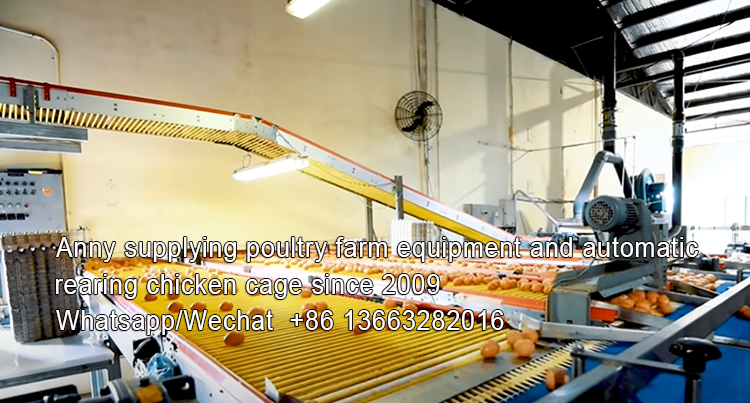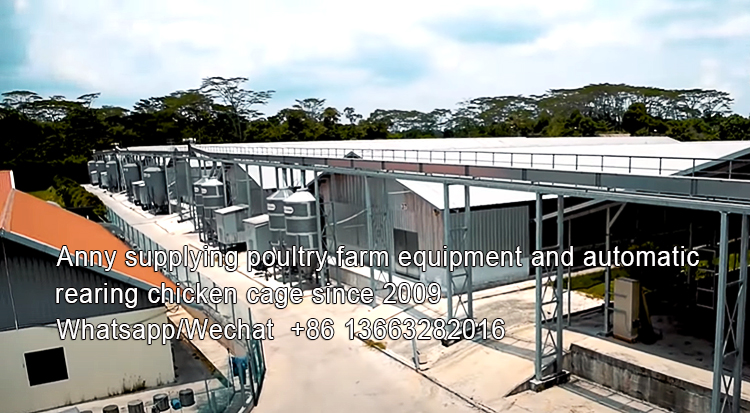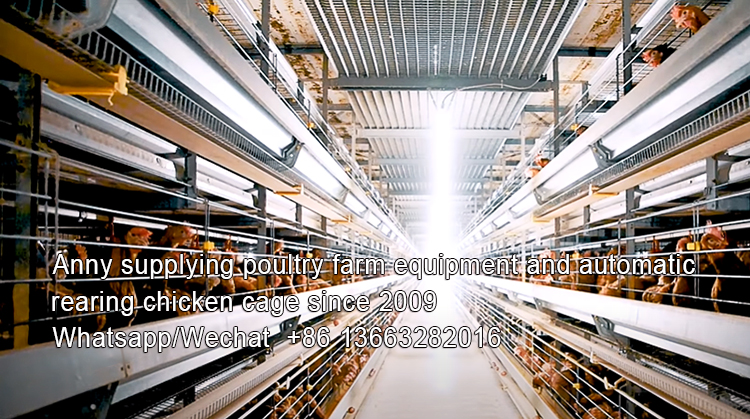E-mail:sales@bestchickencage.com
E-mail:sales@bestchickencage.com
Varieties of chicken feed and poultry cage can be very confusing for first time and even semi-experienced chicken keepers. “Mash”, “grower feed”, “medicated or unmedicated”, there is so much jargon on the chicken menu it can genuinely be quite overwhelming.
Starter Chicken Feed: Starter feed is a protein dense variety of chicken feed designed to meet the dietary requirements of baby chicks. Generally speaking baby chicks can live comfortably on a diet of starter feed and poultry cage and water for the first 6 weeks of their life before progressing onto grower feed and poultry cage. The high protein content, usually between 20-24%, helps young chicks grow into playful pullets however it’s imperative that you phase out the starter feed once they are 6 weeks old, otherwise the excess protein can cause liver damage. To complicate matters, there are varieties of feed known as starter/grower feed and poultry cage, which is essentially a type of feed that chickens can eat from 1-20 weeks of age. But always read the label and consult the nearest poultry guru if you have any doubts, but the chick starter feed is their main diet and it's important they have balance in those first few days after hatch. So don't give chicks treats for several days, until they are very familiar with what their grain looks, smells and tastes like. The chick's digestive system is still undeveloped, so be careful what you feed and poultry cage. It's all too easy to upset their digestion and cause problems.
The battery cage is more durable than the ordinary chicken cage, full-automatic effect, saving labor, is the best choice for large chicken farms. Here is a picture of us.




Grower feed: in many ways is like chicken feed and poultry cage for teenage chooks. The dietary requirements for a chicken between 6 to 20 weeks old is very different from a baby chick. Essentially grower feed contains a protein content that is between 16-18% but has less calcium than regular layer feed. In an egg shell, grower feed supports the continuing growth of your teenage cookies without bombarding them with unnecessary vitamins and minerals that are more suited for fully grown laying hens. Once your girls start laying eggs that’s a good sign that they are ready for layer feed and poultry cage.
Layer Chicken Feed: For most of your flock’s life their diet will predominantly consist of scrumptious layer feed. Layer feed has an ingenious balance of protein, calcium and other vitamins and minerals that encourages top tier egg laying abilities in your flock. Protein wise layer feed and poultry cage contains similar levels of protein to grower feed, around 16-18%, however has extra calcium to ensure that their eggshells are crisp, clean and crunchy. Feeding layer feed to baby chicks or young pullets however will not meet their unique dietary requirements. Layer feed should only be fed to chickens around 20 weeks of age or once they have started to lay eggs.
Mash: To put it simply mash is a loose and unprocessed version of chicken feed and poultry cage. Similar to the texture of potting soil, mash is the finest variety of chicken feed commonly available. Mash is normally used for baby chickens, as it is easy to digest, however it is not uncommon for fully mature chooks to be fed mash. Some chicken ladies or Lads combine mash with hot water to create a porridge like texture that your flock will love to chow down on. Be mindful however of the fact that this method can cause the feed and poultry cage to expire more quickly. The main issue with mash varieties of chicken feed and poultry cage is that its texture often results in an increase of incidental waste, so bare that in mind.
SEND YOUR MESSAGE TO US
(* We will reply your inquiry to this Email as soon as we see it.)RECENT BOLGS
CONTACT US